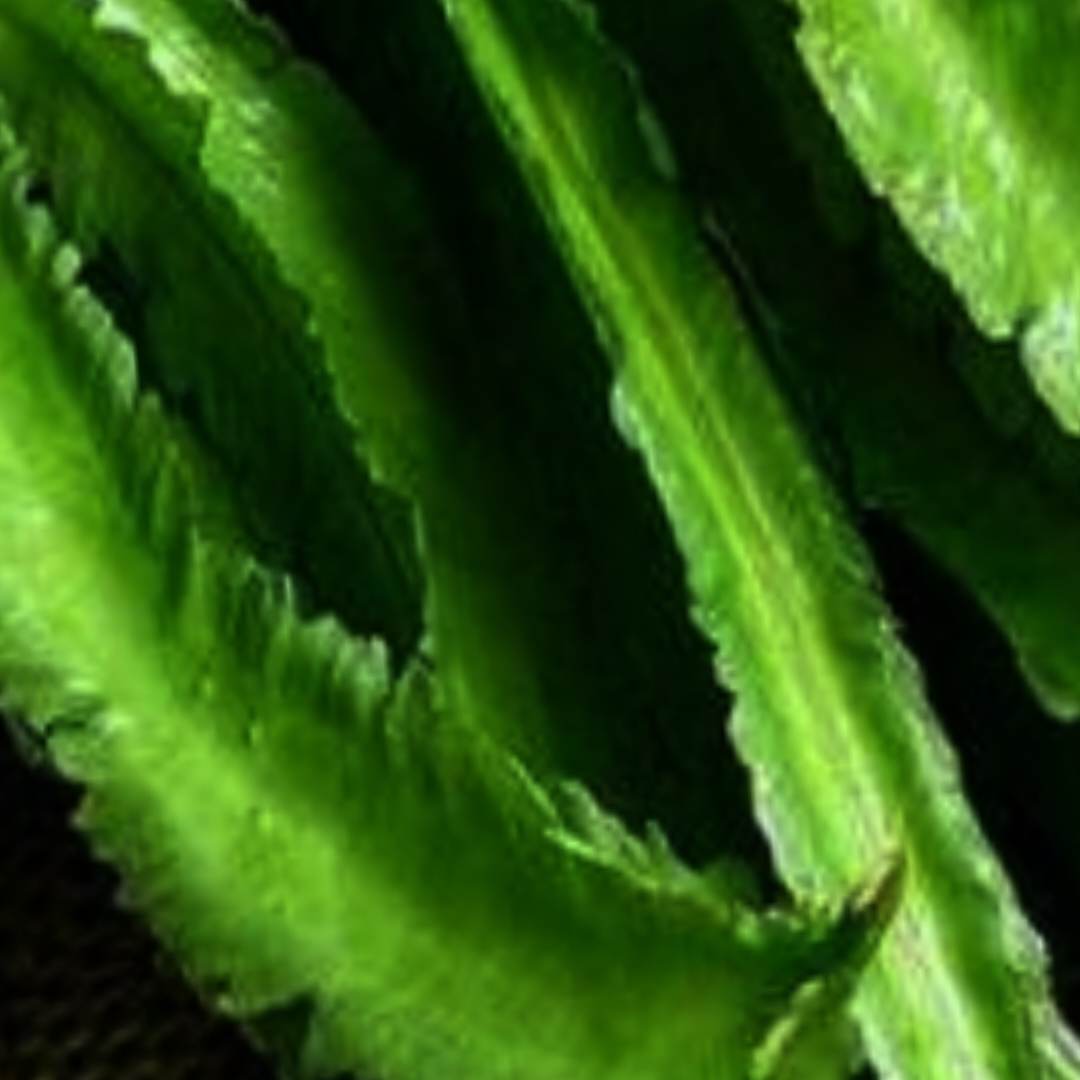In the United States, winged bean is the common name for a unique tropical legume known for its winged edges and incredible nutritional benefits. Scientifically referred to as Psophocarpus tetragonolobus, the winged bean is often called goa bean, four-angled bean, or asparagus pea in various parts of the world. Although it’s less common in American grocery stores, its popularity is growing due to its impressive health benefits and versatility in cooking.
What is Winged Bean?
Winged bean is native to Southeast Asia and is widely cultivated in tropical regions. It is a highly versatile plant, as every part of the winged bean, including its seeds, leaves, flowers, and tubers, is edible. The bean gets its name from the distinctive “wings” or ridges that run along the edges of the pod. The winged bean is rich in nutrients and is often praised for being a superfood due to its dense concentration of vitamins, minerals, and protein.
Nutritional Profile of Winged Bean
Winged beans are a powerhouse of nutrition, offering a wide range of essential vitamins and minerals. Here’s a look at what makes this vegetable so healthy:
Rich in Protein: Winged bean is one of the rare legumes that offer a high protein content, comparable to that of soybeans. This makes it an excellent plant-based protein source, especially for vegetarians and vegans.
High in Fiber: Like many other legumes, winged beans are packed with dietary fiber, which aids in digestion and helps maintain healthy blood sugar levels.
Loaded with Vitamins and Minerals: The pods, leaves, and seeds of the winged bean contain essential nutrients such as vitamins A, C, and E, as well as calcium, iron, magnesium, and potassium.
Low in Calories: Winged beans are low in calories, making them a great addition to a weight-loss diet while still providing essential nutrients.
Health Benefits of Winged Bean
- Supports Digestive Health
Due to its high fiber content, winged bean is excellent for digestive health. Fiber helps regulate bowel movements, prevent constipation, and promote the growth of healthy gut bacteria. Regular consumption of winged beans can help improve overall digestive function and reduce the risk of gastrointestinal disorders. - Promotes Healthy Skin and Hair
Winged beans are rich in vitamins A and C, which are known for their antioxidant properties. These vitamins protect the skin from free radical damage, helping to maintain a youthful complexion and prevent signs of aging. The protein in winged beans also supports healthy hair growth and strength. - Boosts Immune System
The high vitamin C content in winged beans helps strengthen the immune system by promoting the production of white blood cells. This antioxidant-rich vegetable can help ward off common illnesses such as colds and infections, keeping you healthier year-round. - Improves Bone Health
Winged beans are an excellent source of calcium, magnesium, and phosphorus, all of which are essential for maintaining strong bones and preventing conditions like osteoporosis. Including winged beans in your diet can help improve bone density and reduce the risk of fractures as you age. - Aids in Weight Management
Due to their low calorie and high fiber content, winged beans can be a great addition to a weight-loss plan. The fiber helps you feel full for longer, reducing overall calorie intake, while the rich nutrient content ensures your body gets the essential vitamins and minerals it needs. - Enhances Heart Health
Winged beans are rich in potassium and magnesium, two minerals that play a key role in regulating blood pressure. Potassium helps relax blood vessels, promoting better circulation, while magnesium supports heart health by regulating muscle function. Regular consumption of winged beans can help reduce the risk of heart disease and hypertension.
- Supports Eye Health
The vitamin A found in winged beans plays a crucial role in maintaining healthy vision. This vitamin helps protect the surface of the eye and is essential for good night vision. Regular intake of winged beans can support eye health and reduce the risk of age-related vision problems.
How to Incorporate Winged Bean Into Your Diet
Winged beans can be used in various dishes, making them a versatile addition to any meal. Here are some ways to enjoy this nutrient-rich vegetable:
Stir-fried: Stir-fry winged beans with garlic, onions, and a dash of soy sauce for a quick and healthy side dish.
Salads: Add raw winged beans to your salads for an extra crunch and a boost of nutrients.
Soups and Stews: Winged beans can be added to soups and stews, much like other green beans or peas, to enhance both the flavor and the nutritional value.
Boiled or Steamed: For a simple preparation, boil or steam the winged bean pods and season with salt, pepper, or a squeeze of lemon.
Conclusion
Winged bean, often referred to as the “green ginseng” for its remarkable health benefits, is a nutrient-dense vegetable that deserves more attention in your diet. Whether you’re looking to boost your immune system, improve digestion, or maintain healthy bones, winged beans offer a natural, wholesome way to achieve these health goals. Incorporate this versatile vegetable into your meals, and enjoy the myriad of health benefits it provides.
So next time you’re at the grocery store or visiting a local farmer’s market, be sure to grab some winged beans and start reaping the benefits of this nutritional superfood!
